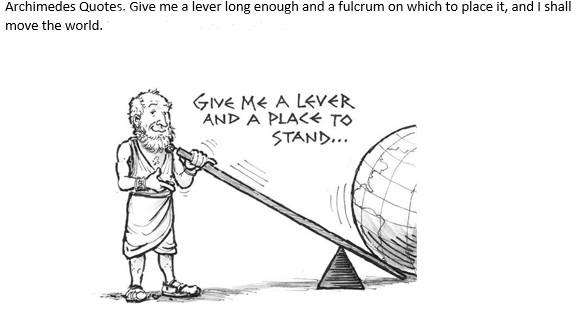Moscow, We Have A Problem! Progress Spacecraft Collides with Mir
 June 25, 1997: Progress Spacecraft Collides with Mir
June 25, 1997: Progress Spacecraft Collides with Mir
June 25, 1997 was a frightening moment in the history of manned spaceflight. An unmanned Progress spacecraft collided with the Russian space station Mir.
The Russian Progress supply spacecraft crashed into the Russian Mir space station during testing of a docking procedure via remote control. The 7,200 kilogram, school bus-sized Progress failed to properly respond to braking commands and collided into a solar panel attached to one of the Spektr research modules and then breached the hull of the module itself.
As he had been trained, U.S. astronaut Mike Foale retreated to the Soyuz escape vessel. He soon left after realizing that his companions, cosmonauts, Alexander Lazutkin and VasilyTsibliev, had not joined him. They were trying to save the station.
Progress M-34 collided with solar arrays on the Spektr module and crashed into the module’s outer shell, puncturing the module and causing depressurization on the station. Only quick actions on the part of the crew, cutting cables leading to the module and closing Spektr’s hatch, prevented the crews having to abandon the station in Soyuz TM-25.
Their efforts stabilized the station’s air pressure, whilst the pressure in Spektr, containing many of Foale’s experiments and personal effects, dropped to a vacuum. In an effort to restore some of the power and systems lost following the isolation of Spektr and to attempt to locate the leak, EO-24 commander Anatoly Solovyev and flight engineer Pavel Vinogradov carried out a risky salvage operation later in the flight, entering the empty module during a so-called “intra-vehicular activity” or “IVA” spacewalk and inspecting the condition of hardware and running cables through a special hatch from Spektr’s systems to the rest of the station.
Animation of hte Collision
Following these first investigations, Foale and Solovyev conducted a 6-hour EVA on the surface of Spektr to inspect the damage to the punctured module. Foale was aboard Mir as part of a $400 million contract NASA had signed with the Russian space agency for a series of nine shuttle-Mir docking missions intended to serve as checkouts of the procedures and techniques that would be needed to assemble the international space station.
Lazutkin, with Foale’s help, managed to sever cables to seal off the damaged module from the rest of the station. By successfully isolating the damaged compartment, the crew prevented the entire space station from depressurizing to dangerous levels. Severing the power-generating solar panels left Mir with only about half of its original power levels at the time.
When the accident occurred Tsibliev was manually maneuvering the unmanned Progress M-34 cargo spacecraft in a test of the Russian-built Toru docking system. NASA officials said the incident ultimately would prove useful lessons learned for the space station program.

A view of Mir from Soyuz TM-2 showing the station in its early configuration. In view (from left to right) are the Base Block, Kvant-1 module and docked Soyuz TM-3 spacecraft.

Feb 9, 1998 approach view of the Mir Space Station viewed from Space Shuttle Endeavour during the STS-89 rendezvous. A Progress cargo ship is attached on the left, a Soyuz manned spacecraft attached on the right.
Michael Foale explains the collision of the Progress





